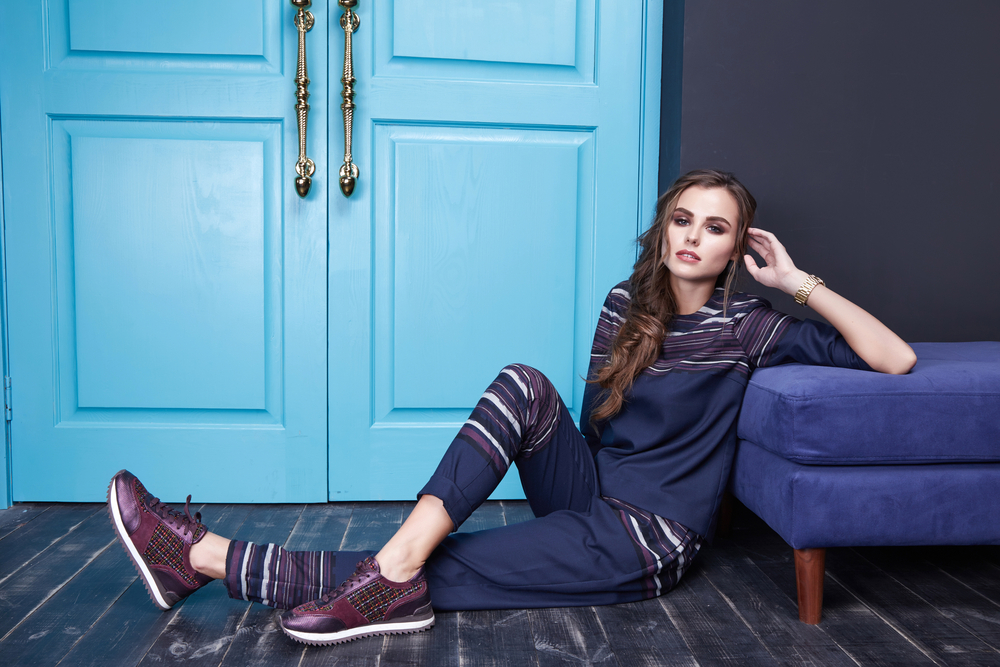
The Art of Modeling: Unveiling the Secrets Behind the Fashion Industry's Most Coveted Profession
The Art of Modeling: Unveiling the Secrets Behind the Fashion Industry's Most Coveted Profession
The world of fashion and modelling has always been glamorous and alluring. It captures the hearts and imagination of many, as we watch models strut down the runway or pose effortlessly for the camera. But beyond the glitz and glamour, the art of modeling is a profession shrouded in mystery and intrigue. In this article, we will take a closer look at the secrets behind the fashion industry's most coveted profession, and explore the skills, dedication, and hard work that go into becoming a successful model.
1. The Evolution of Modeling
Throughout history, the concept of modeling has evolved. From ancient civilizations using statues to showcase garments, to the rise of fashion photography in the early 20th century, the art of modeling has undergone significant transformations. Today, models are not only expected to showcase clothes, but also express emotions, tell stories, and embody a brand's identity.
2. The Skills Required
Contrary to popular belief, modeling is more than just having a pretty face and a perfect body. While physical attributes play a significant role, there are other skills that aspiring models must possess to succeed in the industry. These include the ability to pose with confidence, adapt to different styles and trends, communicate effectively with photographers and designers, and maintain a positive attitude in a highly competitive environment.

3. The Pathway to Success
Becoming a successful model requires determination, resilience, and a strategic approach. Many aspiring models start by building their portfolios through collaborating with photographers, attending open casting calls, and networking within the industry. Social media platforms have also become powerful tools for aspiring models to showcase their work and connect with industry professionals. However, the road to success is not without its challenges, and models often face rejection, criticism, and intense competition along the way.
4. The Importance of Diversity
In recent years, the fashion industry has made strides towards embracing diversity, recognizing the importance of representation and inclusivity. Models with different body sizes, ethnic backgrounds, and gender identities are breaking barriers and reshaping the industry's standards of beauty. As a result, the art of modeling is becoming more inclusive and reflective of the diverse world we live in, inspiring people from all walks of life to pursue their dreams.
5. Breaking the Stereotypes
Modeling has long been associated with unrealistic beauty standards and images that promote a narrow definition of beauty. However, there is a growing movement within the industry to challenge these stereotypes and promote body positivity. Many brands and agencies are now casting models of all shapes, sizes, ages, and backgrounds. This shift towards authenticity and embracing individuality is not only empowering for models but also inspiring for those who consume fashion media.
FAQs
Q1: How tall do you have to be to become a model?
A1: While height requirements can vary depending on the type of modeling, the fashion industry generally favors models who are at least 5'9" for women and 6'0" for men. However, there are opportunities for petite models and models of different heights in niche markets or specialized modeling categories.
Q2: Do you need professional training to become a model?
A2: Professional training can provide aspiring models with valuable skills and knowledge. Many modeling agencies offer development programs or workshops to help models refine their skills. However, experience and an understanding of the industry can also be gained through networking, attending castings, and collaborating with photographers.
Q3: Can anyone become a model?
A3: The fashion industry embraces diversity and there are opportunities for people of varied backgrounds, sizes, and ages. However, it is important to understand that modeling is a highly competitive profession. It requires dedication, hard work, and perseverance to navigate the industry and find success.
Q4: How do I get scouted by a modeling agency?
A4: Modeling agencies often scout potential models through various means, such as open casting calls, social media, or referrals from industry professionals. Building a strong portfolio, creating an engaging online presence, and attending industry events can increase your chances of being noticed by an agency.
Q5: What are the challenges of being a model?
A5: Being a model comes with its own set of challenges. Models may face rejection, long working hours, and constantly having to maintain their physical appearance. The industry can be highly competitive, making it essential for models to develop resilience and a strong sense of self-confidence.
In conclusion, the art of modeling is a captivating and multifaceted profession that requires a unique blend of skills, determination, and adaptability. The evolution of the industry, the push for diversity, and the breaking of stereotypes have transformed the modeling world into a more inclusive and inspiring space. If you dream of becoming a model, remember that success comes not only from your physical attributes, but also from your passion, drive, and ability to embrace your individuality.
Other useful resources
- https://en.wikipedia.org/wiki/Category:Modeling_(profession)
- https://www.planetmodelphoto.com/models/modeling/usa/charlotte/nc-north-carolina
- https://www.planetmodelphoto.com
- https://en.wikipedia.org/wiki/Category:Modeling_agencies